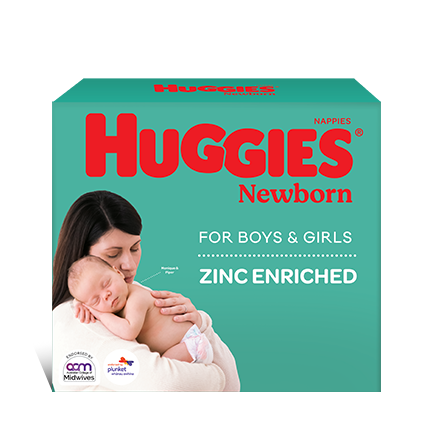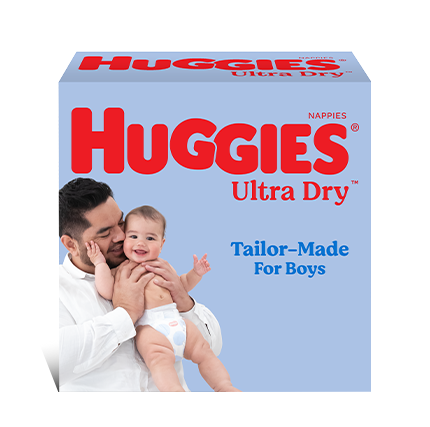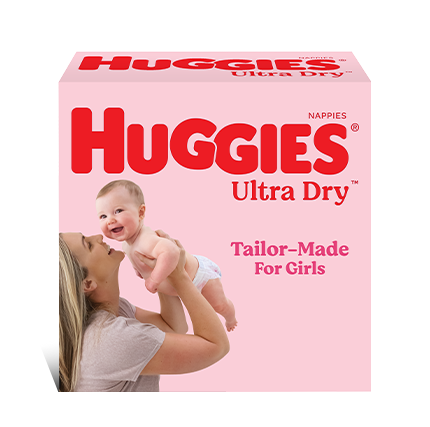Premature labour is when labour starts before a baby's due date. Generally, labour before 38 weeks gestation is considered preterm. All women should be aware of the signs of preterm labour. Even if you are not recognised as having a high risk pregnancy, you are still at risk, as many of the causes of preterm birth are still unknown. Signs and symptoms of preterm labour can include, but are not limited to, the following. If you experience any of these symptoms, or feel that something is “not right”, seek medical advice.
Signs and Symptoms
Contractions
Contractions that are painful or regular may be a sign of preterm labour.
Ruptured Membranes
This could mean a gush of fluid or may just be a trickle of watery fluid. This could indicate that your water has broken.
Cramps
Menstrual-like cramps could indicate labour.
Back Pain
Pain in the lower back
Pressure
A feeling of the baby pushing down, pelvic pressure.
Vaginal Discharge
Leaking fluid, blood or a “show” of mucus from the vagina may indicate preterm labour.
Treatment of Preterm labour
If preterm labour is determined, there are a number of treatments that can be used to stop or delay the labour. These include bed rest, hydration and tablets (nifedipine) which can help to slow or stop labour.
If it appears that birth is imminent and the baby is between 24 and 34 weeks gestation, you will be offered two steroid injections 12 hours apart in an attempt to increase the baby’s lung and brain development. Ideally, steroids are given at least 24 hours before birth as they can take this long to be effective.
Although bed rest, fluids and labour-inhibiting medications including steroids may be prescribed, these attempts often merely offer a short delay in the delivery to allow maternity care providers to do what they can to support the baby's lungs maturing and, if necessary, transfer the mother to a hospital that is better equipped for premature babies, such as one with a neonatal intensive care unit (NICU).
For more information see Childbirth.
All information has been kindly supplied by The National Premmie Foundation. All material here is for informational purposes only and should in no way replace or be used as a substitute for, professional medical advice.
For more information call the National Premmie Foundation Help and Information Line: Australia: 1300 773 622.
References
Laws PJ, Grayson N & Sullivan EA 2006. Australia’s mothers and babies 2004. Perinatal statistics series no. 18. AIHW cat. no. PER 34. Sydney: AIHW National Perinatal Statistics Unit.
Southeast Missouri Hospital. High Risk Pregnancy. Retrieved September 10, 2007, from www.southeastmissourihospital.com/
Tomasulo J.P., & Lubetkin D. (Ed.). Premature Birth. Retrieved September 17, 2007, from http://obgyn.health.ivillage.com/
Last Published* December, 2022
*Please note that the published date may not be the same as the date that the content was created and that information above may have changed since.
















